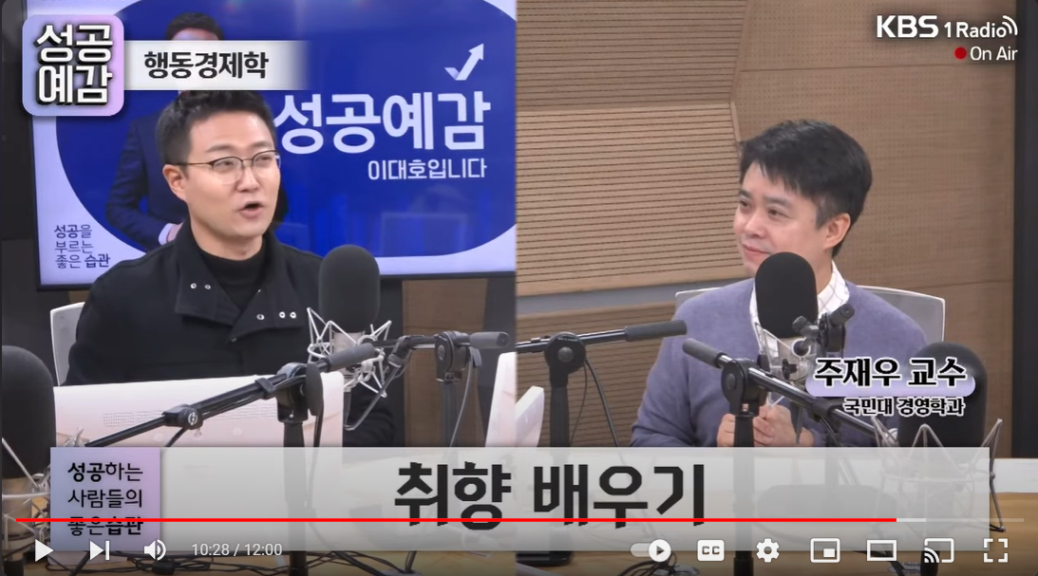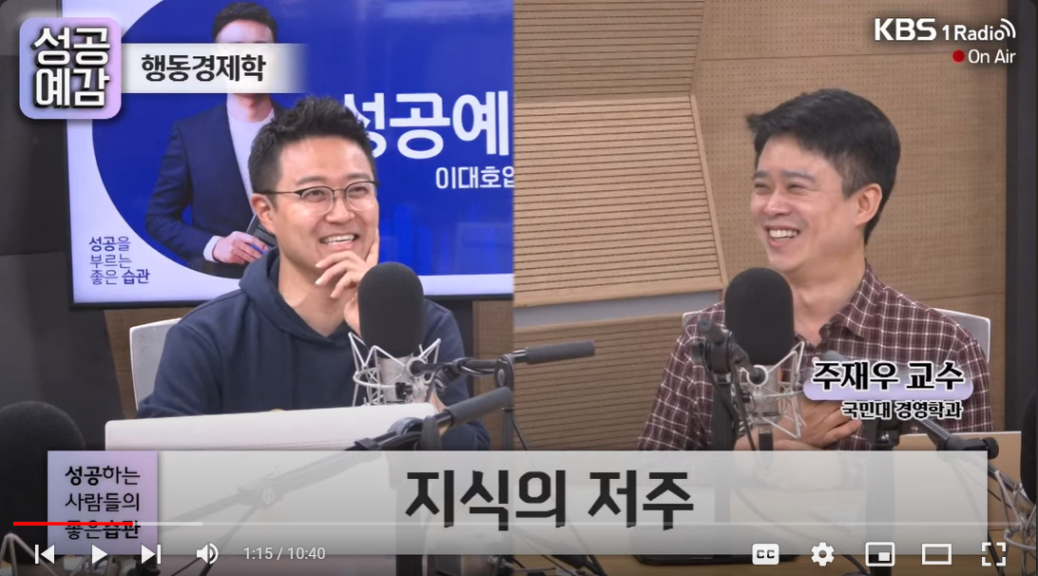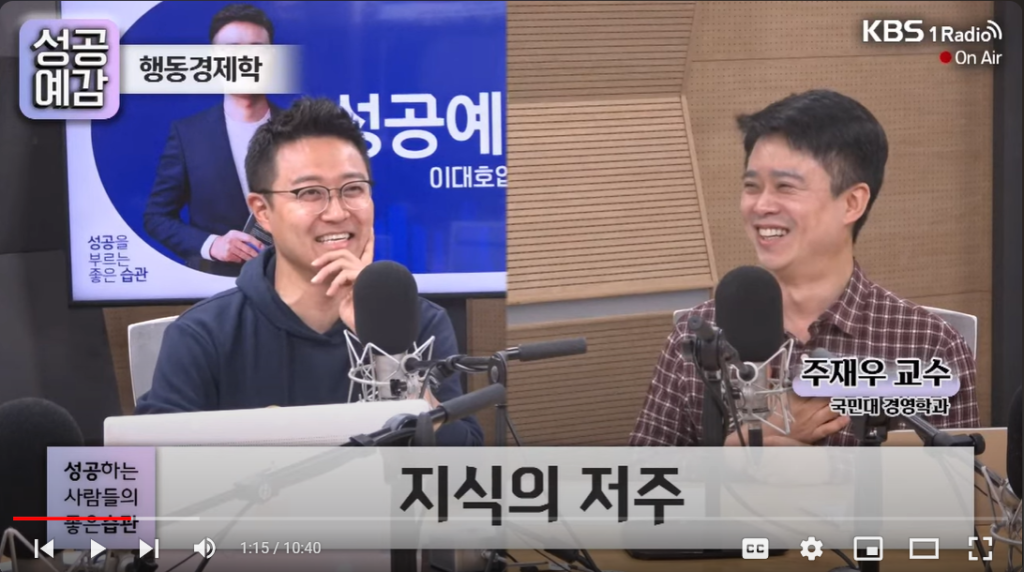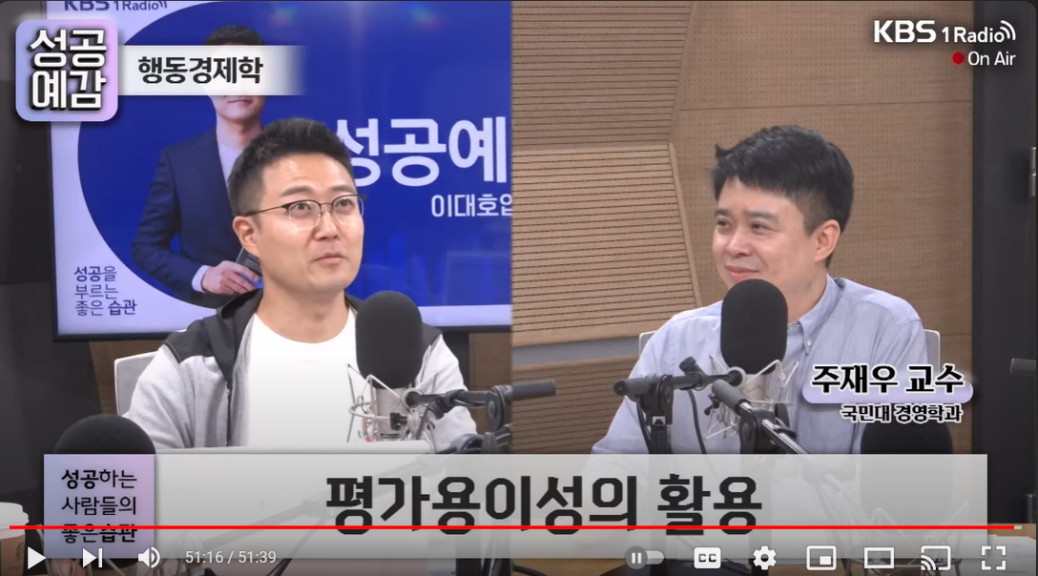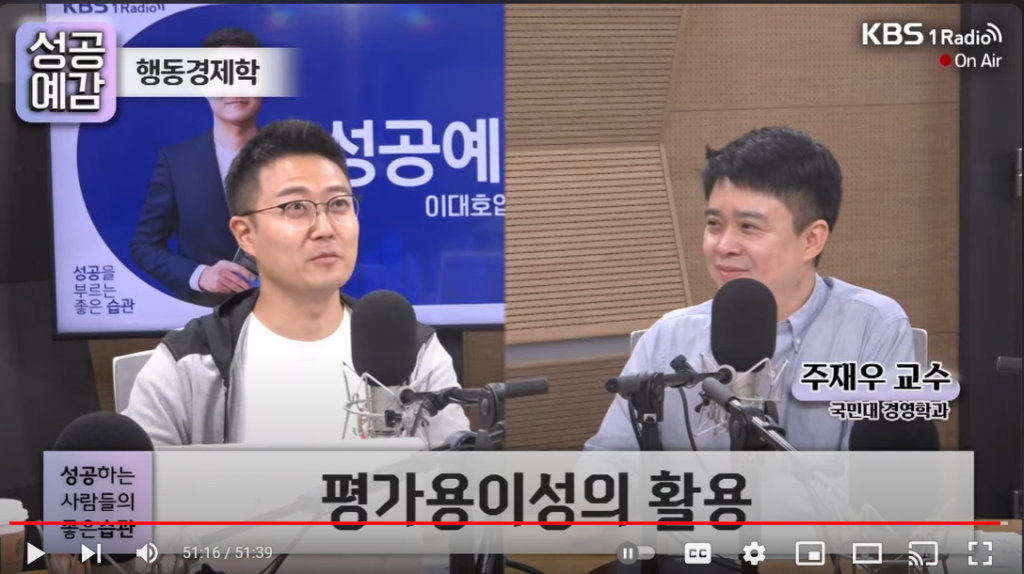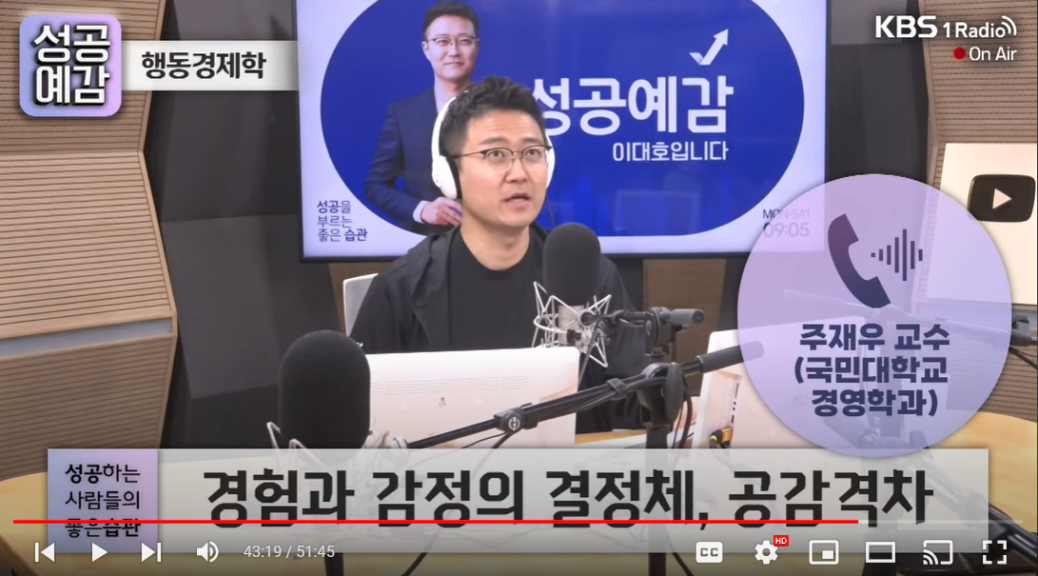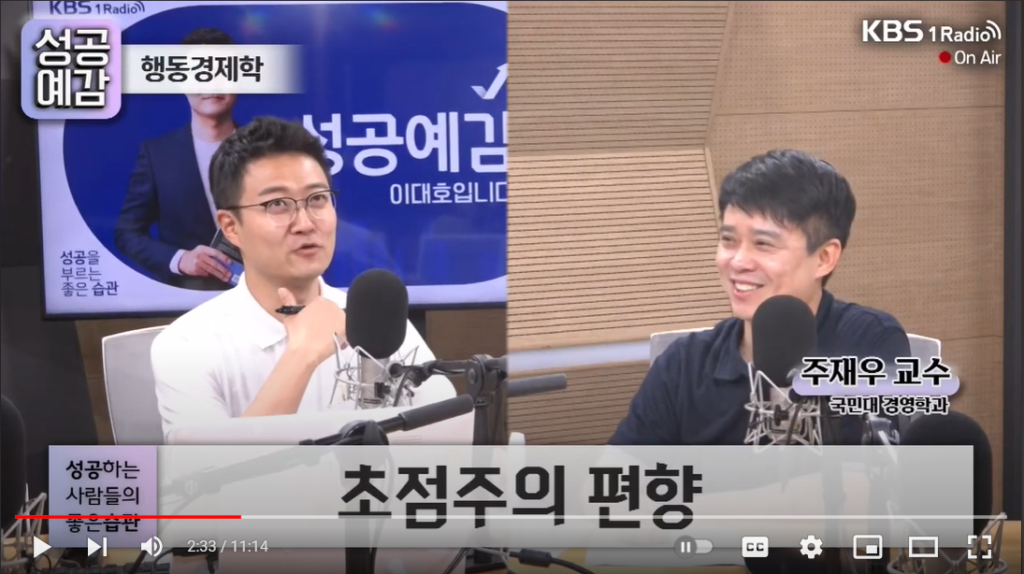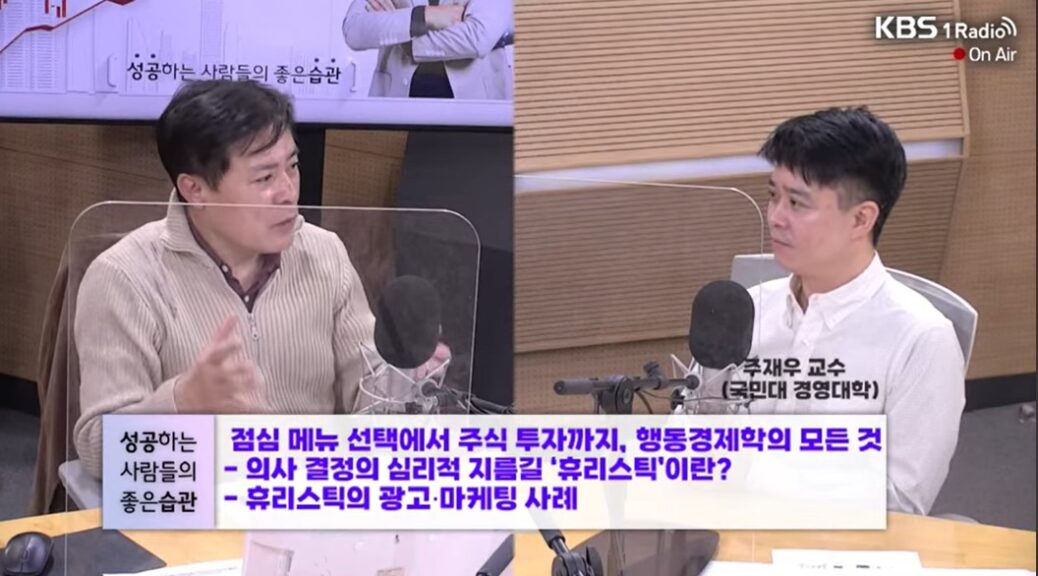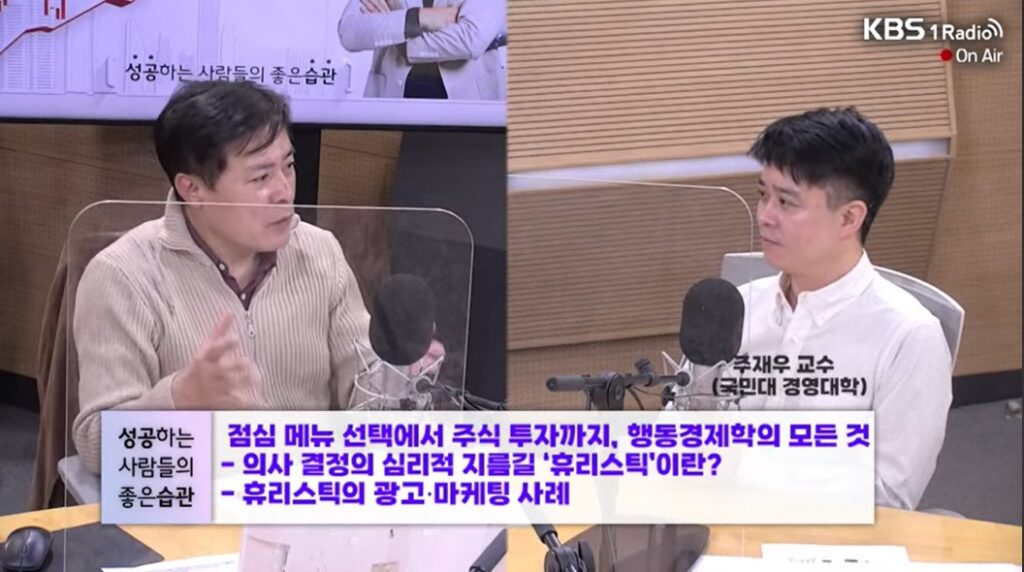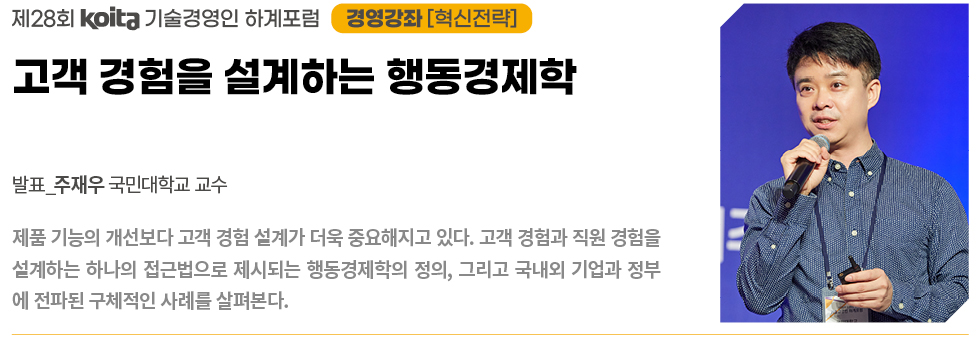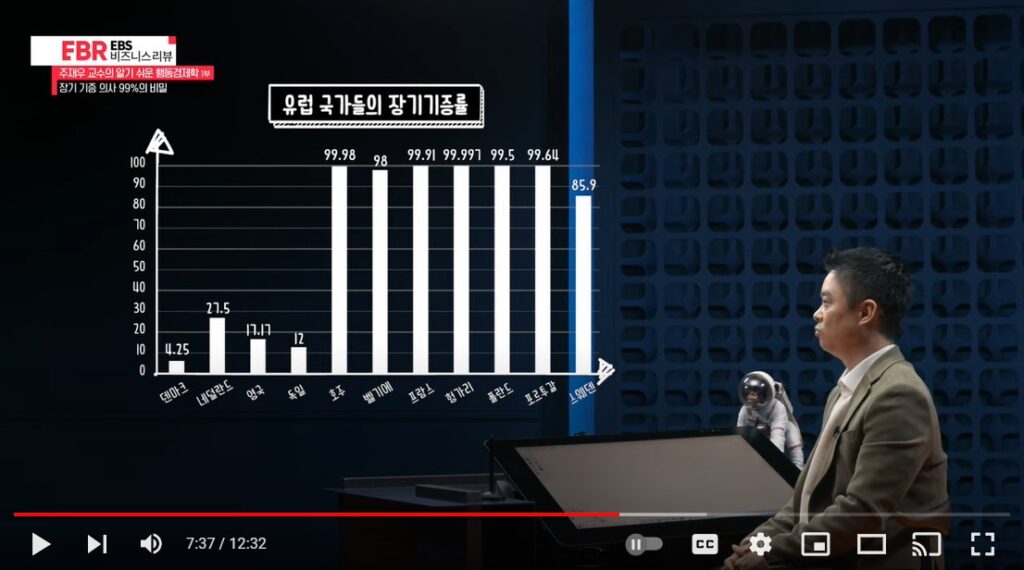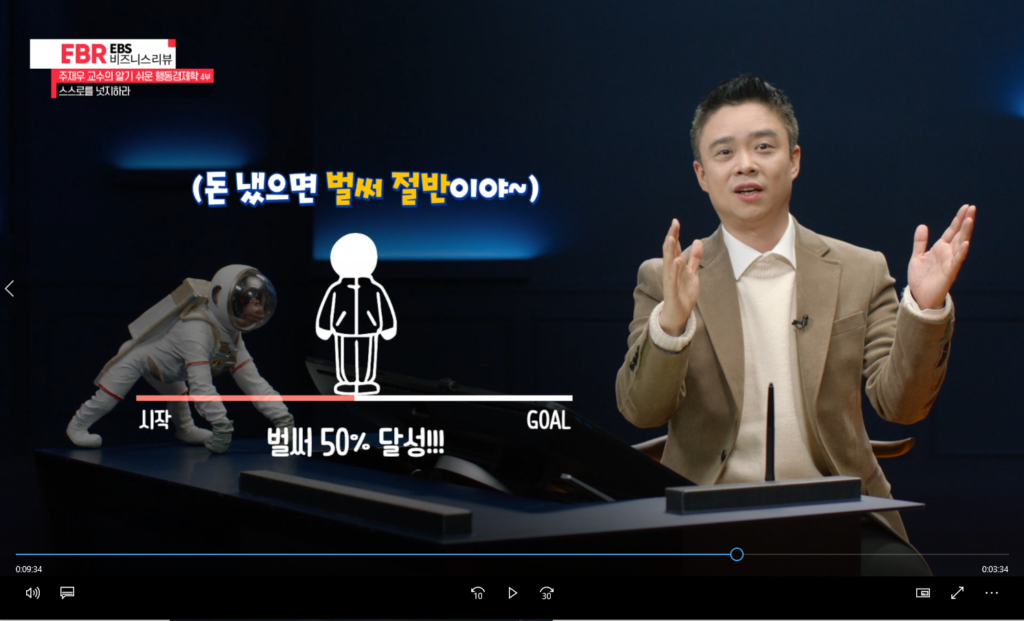처음에는 따라하기로 시작하는 거네요. 그런데 남의 걸 보고 배우는게 나만의 온전한 취향이 될 수 있을까요?
– 사람들은 취향에 대해서 이중적인 생각을 갖고 있습니다. 처음에는 다른 사람들을 막 쫓아가지만, 나중에는 모든 사람들이 가는 곳에는 가고 싶어하지 않습니다. 결국, 대중을 따라가지 않고 나만의 독특한 취향을 찾아보고 싶다는 생각이 듭니다. 이 때, 취향이 개발된 전문가를 찾게 되고 책을 읽거나 전문가 모임을 찾게 됩니다.
*행동경제학개론
취향 배우기
– #취향 과 #행동경제학 의 관계
– 취향을 배운다는 의미와 배우기 필요성
– 취향의 강요와 #창업 에의 활용
– #주재우 교수 (국민대 경영학과) #KBS1라디오 #경제라디오 #성공예감이대호입니다 #성공예감 #이대호
***
Reference
Berger, J., & Heath, C. (2008). Who drives divergence? Identity signaling, outgroup dissimilarity, and the abandonment of cultural tastes. Journal of personality and social psychology, 95(3), 593.
People often diverge from members of other social groups: They select cultural tastes (e.g., possessions, attitudes, or behaviors) that distinguish them from outsiders and abandon tastes when outsiders adopt them. But while divergence is pervasive, most research on the propagation of culture is based on conformity. Consequently, it is less useful in explaining why people might abandon tastes when others adopt them. The 7 studies described in this article showed that people diverge to avoid signaling undesired identities. A field study, for example, found that undergraduates stopped wearing a particular wristband when members of the “geeky” academically focused dormitory next door started wearing them. Consistent with an identity-signaling perspective, the studies further showed that people often diverge from dissimilar outgroups to avoid the costs of misidentification. Implications for social influence, identity signaling, and the popularity and diffusion of culture are discussed.
Members of the Target Dorm viewed the members of the Academic Dorm as dissimilar, but would they abandon a previously held taste when the geeks adopted it? Results suggested that they did; in the week after the wristbands were adopted by the geeks, there was a 32% drop in the number of Target Dorm members who reported wearing the wristband. This drop was not accounted for by simple boredom. During the same period of time, there was only a 6% drop in wristband wearing in the control condition, X2(1, N=36)=3.78, p=.05.
